Article published: 4/29/25
What the Future of Beauty Means for Web Design
Vogue Business recently surveyed nearly 600 beauty consumers from Vogue, Glamour, and Allure. The goal was to understand how sentiment around beauty and aesthetics is shifting and how it will shape the future of appearance.
The key takeaway: beauty consumers today want long-term solutions focused on health optimization, genetic-level personalization, and subtle, natural-looking enhancements. They’re also preparing for a future where AI and bio-integrated technologies blend into their daily routines.
These insights strongly echo the themes we explored in our Beauty & Body, Online report. From wellness crossovers to digital personalization, the shifts are already influencing how brands show up online.
Here’s What the Data Means for Web Design:
- Aging Concerns → Beauty as Wellness > 97% of consumers surveyed are concerned about aging (Vogue Business).
This concern is inspiring a full-body, inside-out approach to beauty.
In Beauty & Body, Online, we noted the rise of ingestibles and sleep-enhancing skincare categories that blend beauty with wellness. This is echoed in brands like Caldera + Lab, whose site centers around longevity, science-backed ingredients, and wellness-forward messaging.
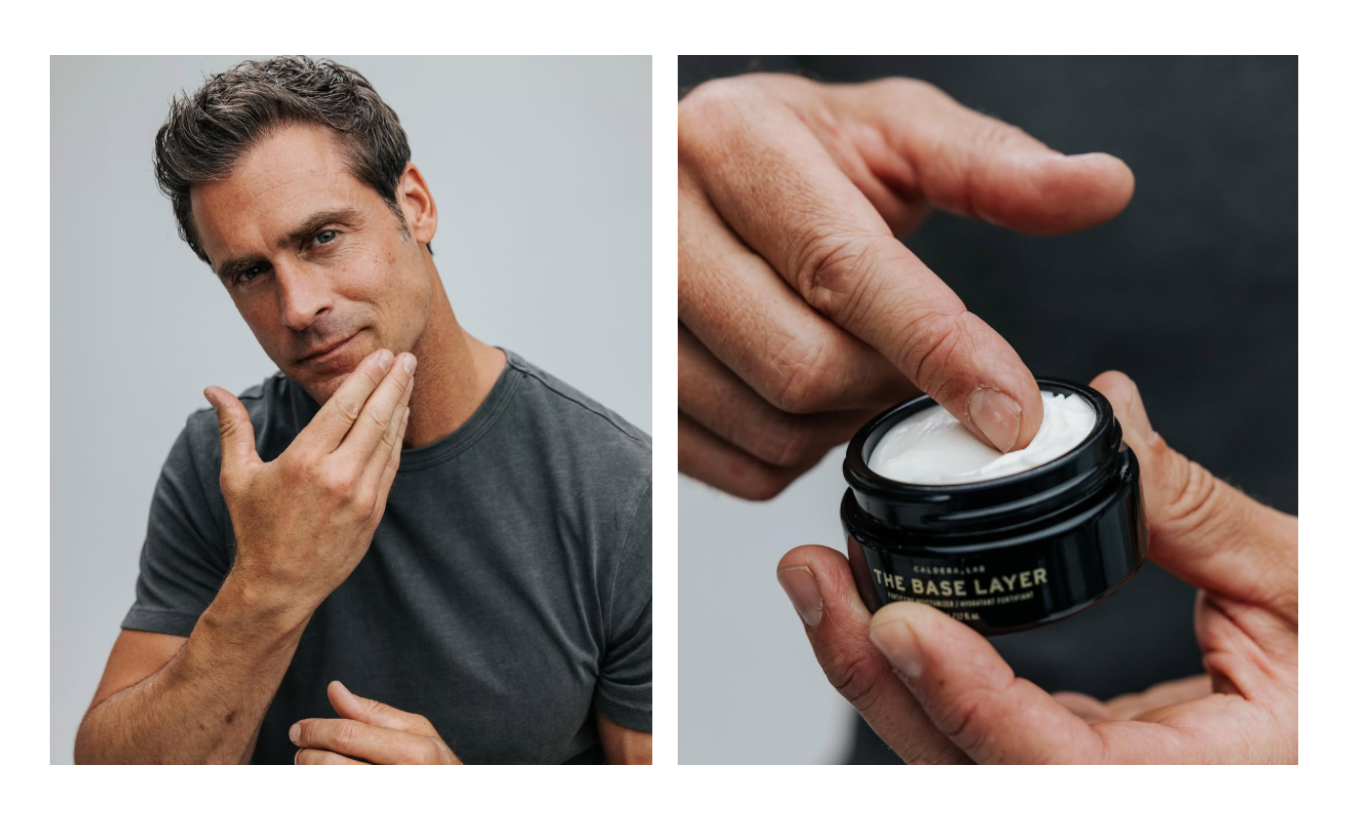
Design Implication: Position your site as a lifestyle destination, not just a storefront. UX should guide users through benefits and rituals, like Caldera + Lab’s use of clear product education, a daily-use system flow, and health-anchored messaging.
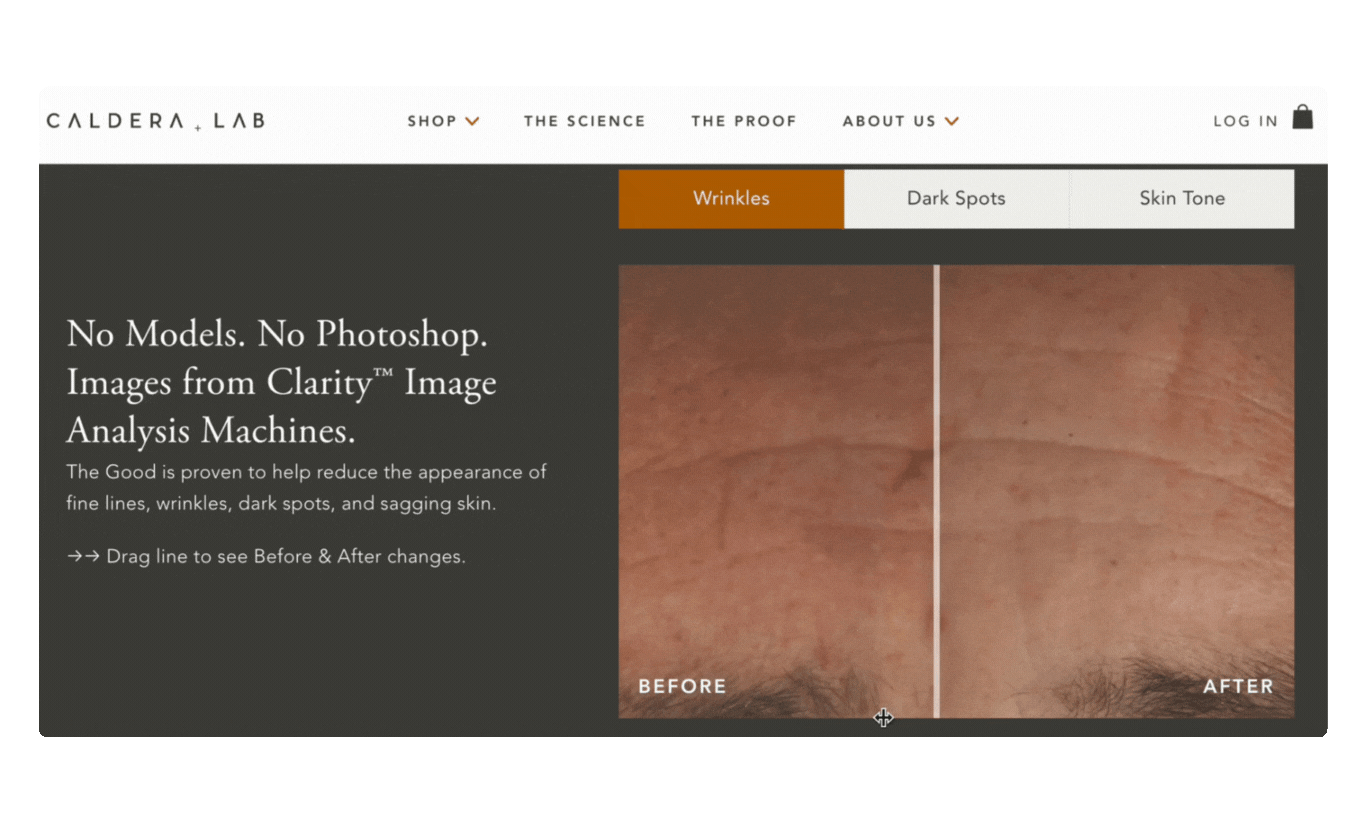
- Bio-Customization → Tech as a Beauty Tool
Consumers are increasingly comfortable with AI, personalization, and even genetic-level interventions. In our report, we called this out as “Technology, the Great Enabler.”
Hourglass leans into this by incorporating personalized tools like shade finders, helping users match their individual tones and routines with tech-forward simplicity.
Design Implication: Integrate interactive tools like quizzes, AI diagnostics, and dynamic recommendations. Personalization is the new baseline.
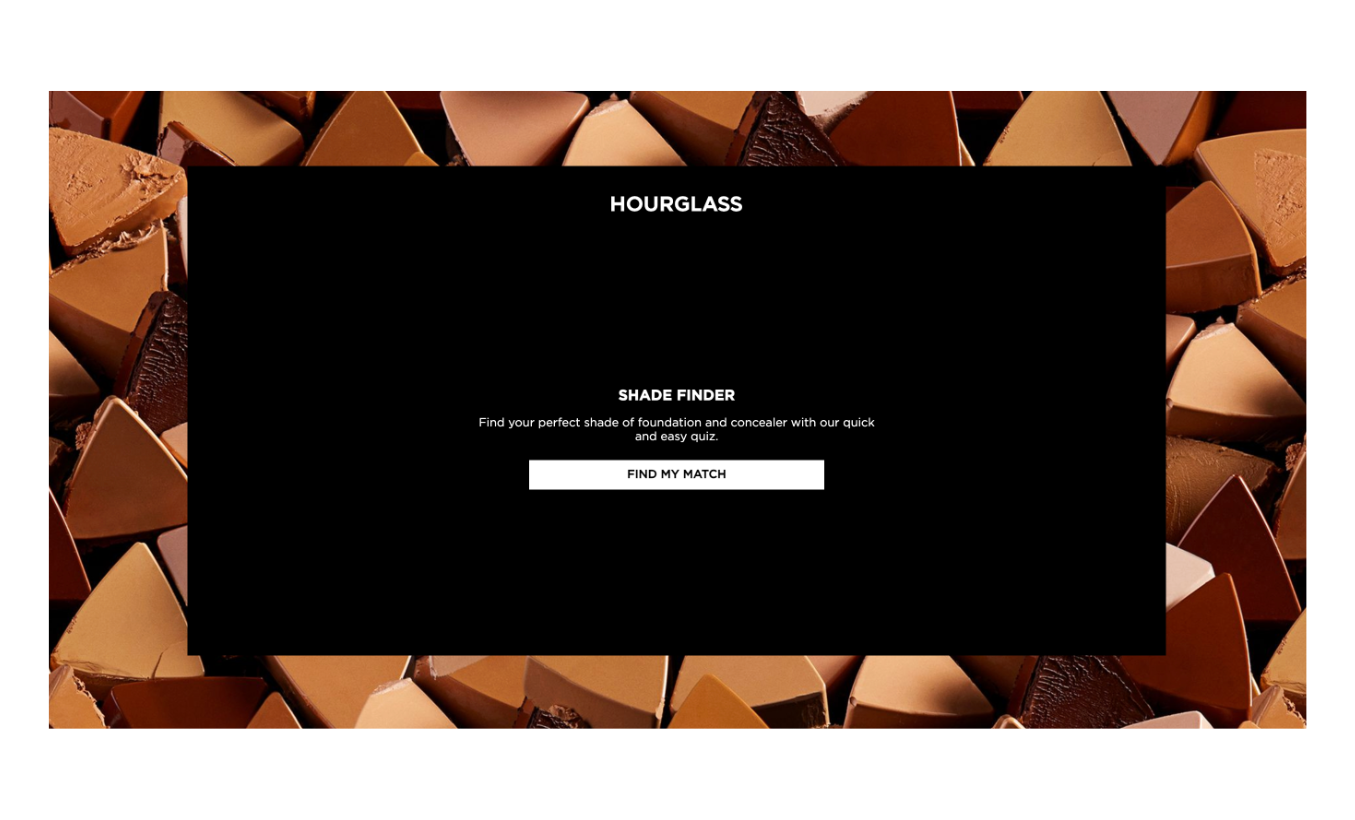
- Subtle Enhancements → Skinimalism and Natural UX
Consumers want subtle, natural-looking results, “tweakments” over transformations. This aligns with the rise of simplified, barrier-focused beauty routines.
Brands like Glo2Facial reflect this by offering targeted, non-invasive treatments and a digital experience that’s clean, modern, and rooted in skin science.
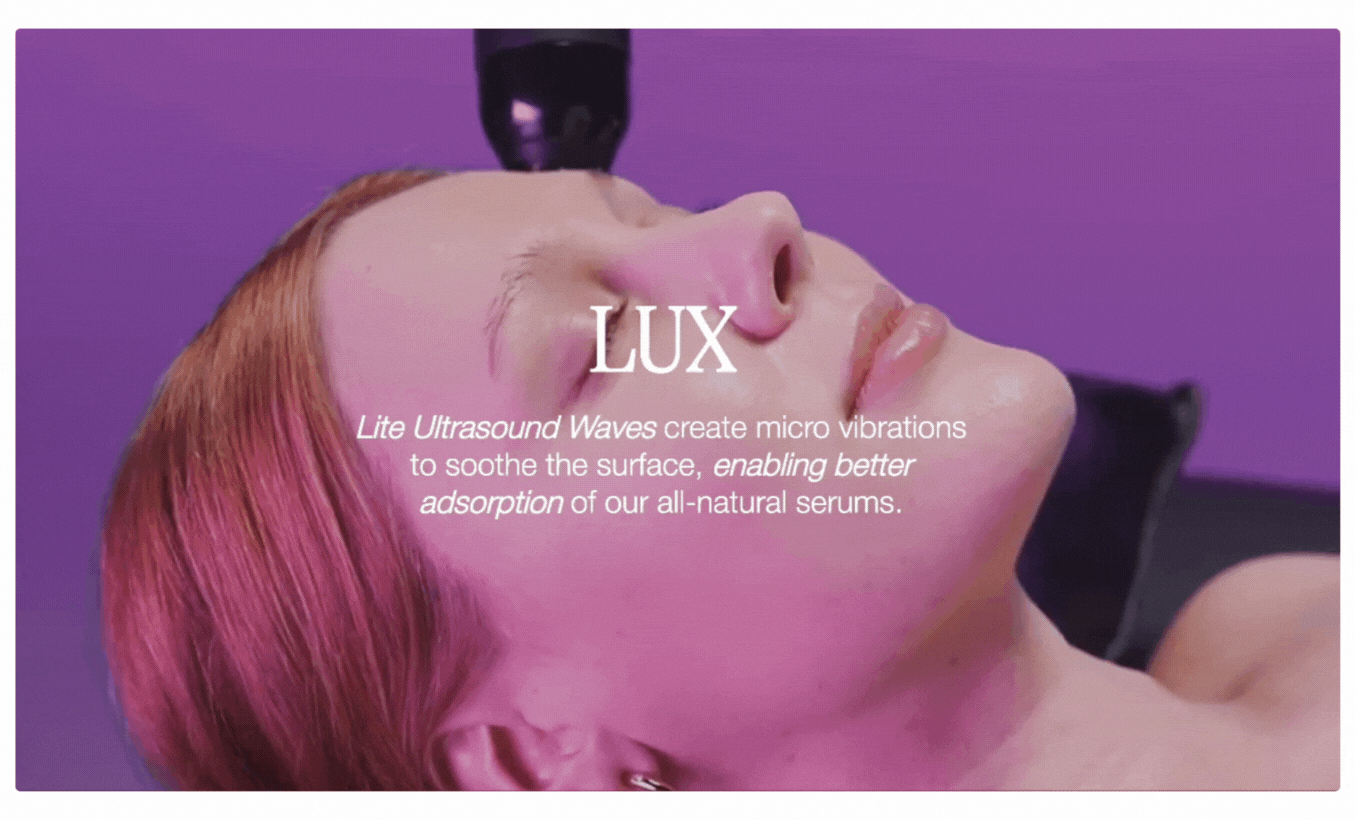
Design Implication: Match the minimalist mindset with clean layouts, stripped-back PDPs, and a focus on results-driven storytelling. Glo2Facial is a great example: a site that feels clinical, effective, and inviting without over-explaining.
- AI Integration → Social Commerce UX
Consumers are growing more comfortable with AI in their daily routines. We’re seeing that extend to how they discover and shop online, especially via TikTok, Instagram, and creator-led platforms.
REM Beauty embraces this dynamic with content-rich pages that blur the line between social and storefront. Tutorials, looks, and influencer content are baked into their shopping flow. Features like “Shop the Look” bring the feel of social apps to the homepage, making it easy for users to discover and buy the styles they love.
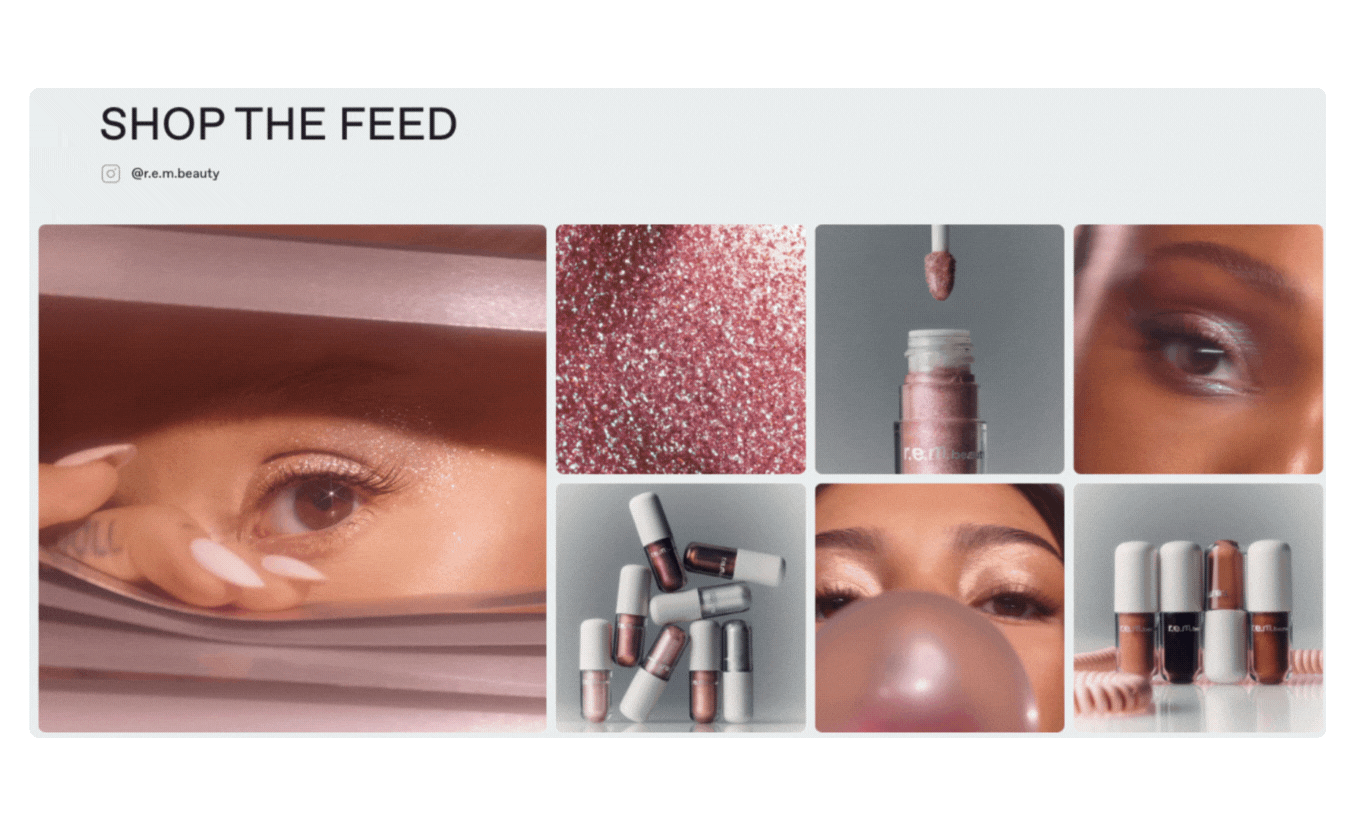
Design Implication: Build with mobile and social at the core. Integrate UGC, make content shoppable, and reduce friction between inspiration and conversion. Social is not a separate channel, it’s part of the purchase path.
- Demand for Proof → Transparency & Ethical Design
Today’s consumers demand clarity about what they’re buying, how it works, and who it impacts. Transparency is no longer a bonus but the bare minimum, more on this in our Beauty & Body, Online report.
Agent Nateur leads with this value, weaving their brand story, founder perspective, and ingredient integrity into every page.
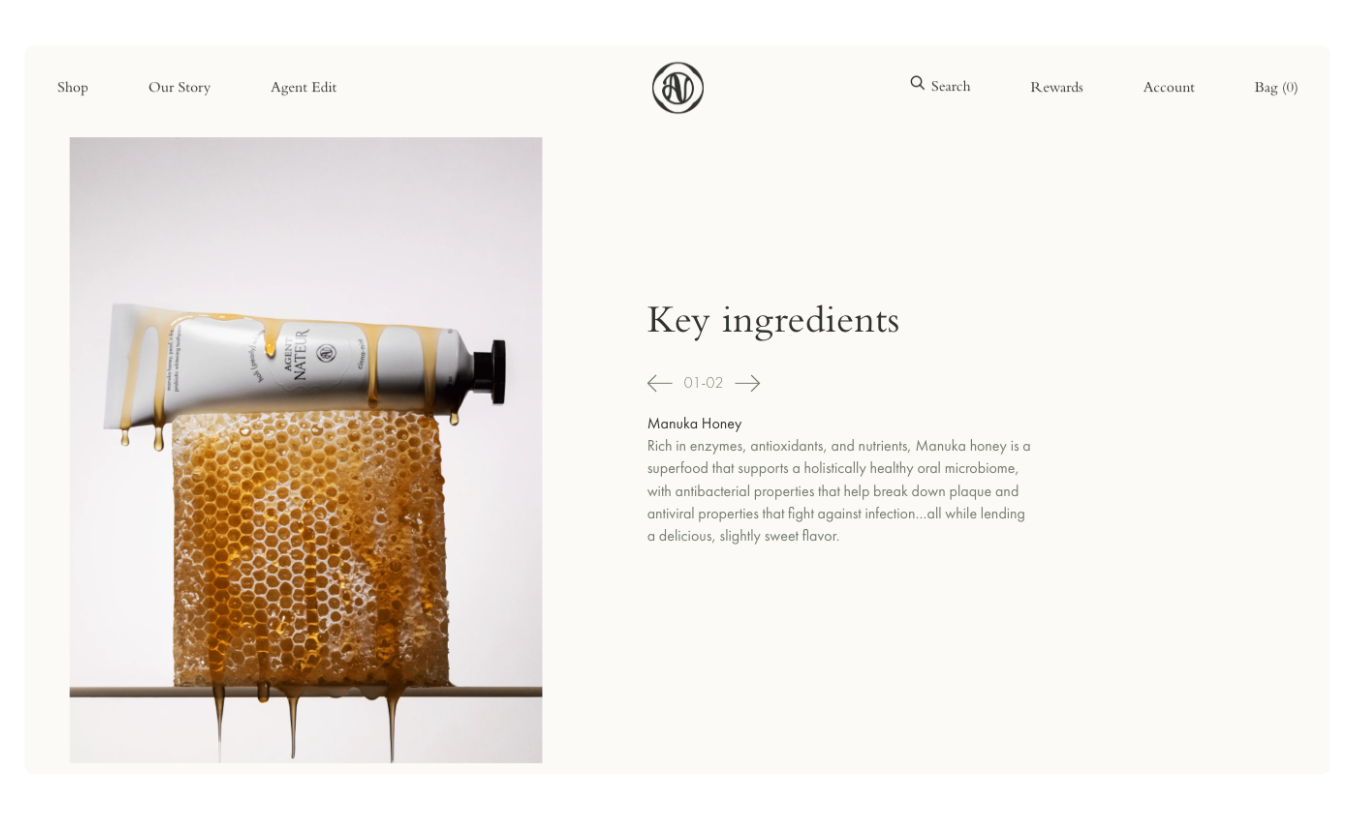
Design Implication: Weave transparency throughout the site, not just on the About page. Use ingredient explainers, visual supply chain narratives, and smart labeling to build trust at every click.
The Takeaway
As consumers prioritize wellness, customization, and purpose, they’ll seek brands that reflect those values through every digital interaction.
Design choices should be guided by what today’s consumers care about most and that means building experiences that are grounded in real data.
The future of beauty is already here. Smart, strategic web design makes sure your brand is part of it.